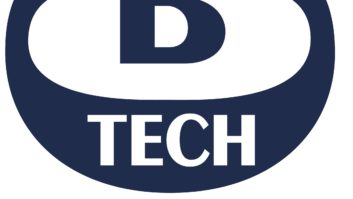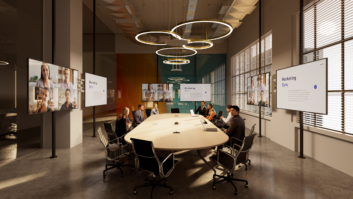“Our ambition is to become the biggest AV manufacturer in the world.”
As opening statements for interviews go, this was as a bold as it was surprising. But for Oscar Mellegers, who has been with Ricoh for over 13 years – its head of marketing since 2016 – there was not a hint of doubt nor regret over such a statement to a reporter armed with a notepad and recorder.
In such a competitive marketplace, this is no easy feat and something many more established AV brands may potentially even dismiss outright as PR. After all, Ricoh is a brand – by its own recognition – that’s “not best known” for its AV business. It’s one thing to talk the talk (many have and failed), but it’s another thing to walk it.
But Ricoh – headquartered in Tokyo – doesn’t make such statements lightly, Mellegers explained. With a history dating back to 1936, it has long established itself as one of the largest and most successful electronics companies on the planet for office equipment – namely printers, photocopiers and fax machines.
Figuratively speaking
Its numbers are worth noting. It has more staff than can fill Wembley Stadium, topping 108,000 based across US, Europe (18,000), Middle East, Africa, Asia, Pacific and China. Financially, it saw sales top $18.6 billion in its most recent results and – according to Mellegers – has around 1.3 million customers, including many of those listed on the Fortune Global 500.
“We’re extremely strong and successful in the corporate office segment,” explained Mellegers. “That’s our focus and our heartland for the products we create. As our customers have grown and evolved, so has the technology and needs within their office environments. As a business, we’ve had to lead that change and adapt accordingly. The days of just selling them something (box shifting) are largely gone.”
He continued: “Throughout the last decade, the analogue device has become digital and then it’s become network connected. The change has resulted in us forming much closer and deeper relationships with our customers and we now spend a lot of time on their premises. We felt we could offer so much more.”

More to offer
That process of offering “much more” started around five years ago when Ricoh decided it would extend its portfolio by entering the AV market.
Sticking to its roots, the focus was and remains primarily aimed at providing (manufacturing) products and solutions for use in office environments. The three core strings to its bow currently include; video conferencing, projection and interactive whiteboards (see box outs).
“We see it as a natural evolution of the company,” explained Mellegers. “It certainly wasn’t a sudden decision and isn’t something we’d enter unless we felt we could make a positive impact. It started with the creation of our IT infrastructure services, which has grown into a very significant business. If you bridge the IT side and our strength in imaging, then AV fits very well in there.
“We’re absolutely not here to make up the numbers. We have an enormous existing customer base to tap into, so the opportunities are immediately available.”
Closer to end users
The infrastructure for an AV push into the UK and Europe is now in place and has more than 200 people dedicated staff in its AV teams located in offices across Europe.
Of its 1.3 million global customers, around 144,000 of them are SMBs located in Europe, with Ricoh now actively engaging with many of them about its AV propositions.
But Ricoh wants to do things slightly differently to the traditional roots to market approach. It is, as described by Mellegers, “more than just a manufacturer” and offers something “unique” and “different” to its competitors. For Ricoh is equipped to play the role of both manufacturer and integrator, taking the largely unprecedented step of side-stepping (but not dismissing) the supply channel altogether and offering an all-in service to the end user.
By establishing direct relationships for larger SMB accounts (typically multinational, multisite), Ricoh is able to provide a truly end to end service, starting from the consultation process, the design, deployment and after sale service with the customer.
“Yes, we are a manufacturer, but we really are much, much more than that,” said Mellegers. “We are a manufacturer but we are an AV integrator as well, which is a unique proposition but something we’ve seen a lot of success with across our other business areas.”
He continued: “The feedback we receive from our multinational customers using this model is extremely positive. Many love having a single point of contact, local billing, local resources, the finance options that we offer. That’s all very easily organised through us. Some [companies] feel by working with a mixture of different partners that there is a greater risk of falling on some problems or confusion as to who is responsible and who is not.”
He added: “Ricoh is a newbie on the AV side, that’s fair to say. But we have a big machine that knows how to deal with customer requirements and the type of international deployments which, for our direct business is our sweet spot. We’ve been working hard behind the scenes building the infrastructure and we’re now confident in telling the world about it.”
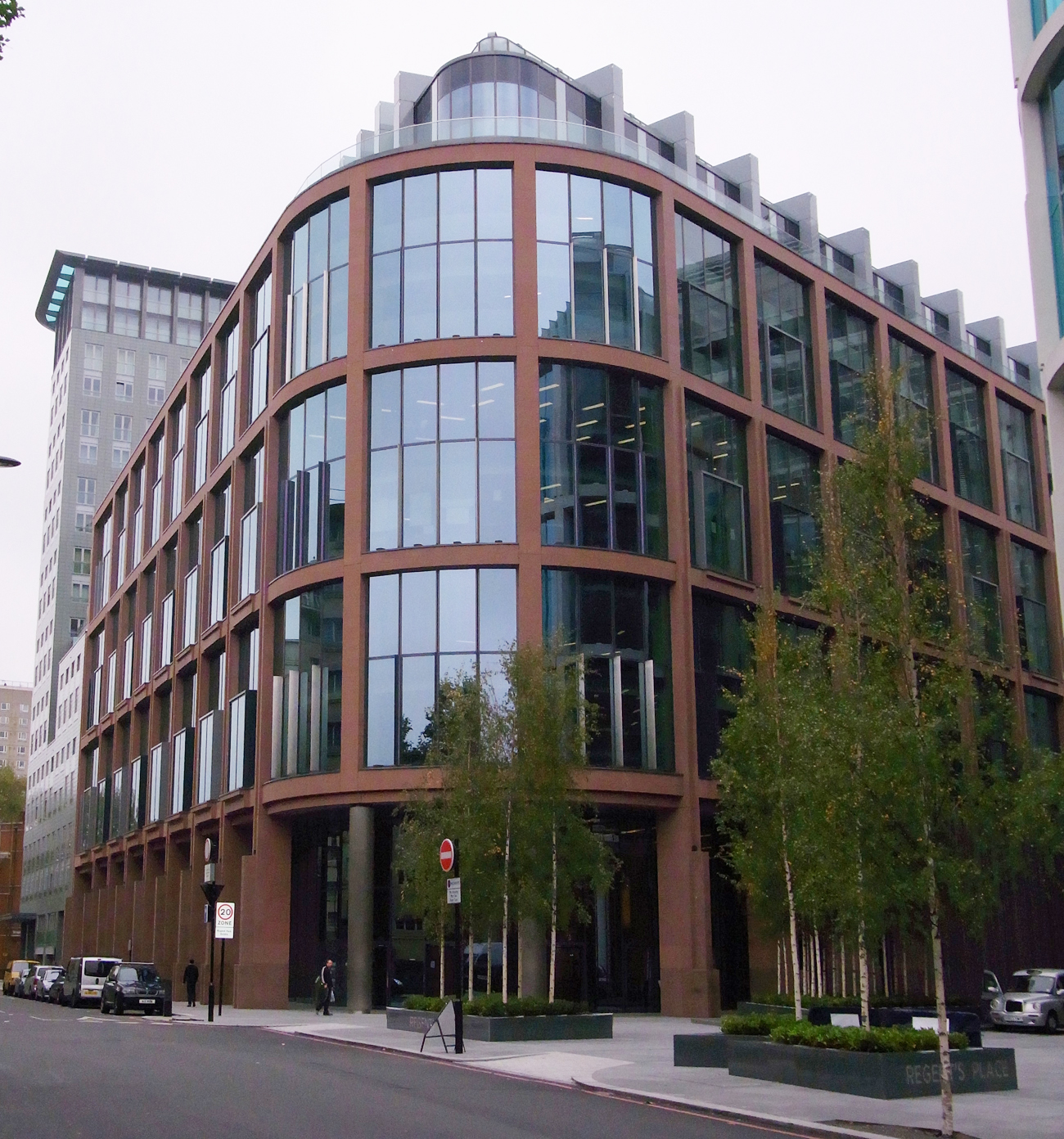
Building relationships
But that’s not to say Ricoh doesn’t value the channel. Far from it. Mellegers noted Ricoh works with “thousands” of channel partners and that around 25 per cent of Ricoh’s revenues comes from this area, making it a “hugely valuable” and “important” part of its business. Many of the services offered to its direct partners can also now be offered through the channel. These include (but not limited to), ongoing support, training and even bespoke customisation of its products if specific needs are required (such as security).
In the UK and Europe, it has a long-standing relationship with Tech Data Maverick for its traditional portfolio, which is being extended to include AV. It also has vendor agreements with “all leading players” in the AV space, including the likes of Barco, Crestron, LG, Samsung.
Mellegers acknowledged there are a few sceptics over its direct and indirect approach, but insists it’s not trying to step on anyone’s toes.
“It’s fair to say the traditional AV integrator community has been a little hesitant as they’re not used to a partner that goes direct as well,” Mellegers explained. “That’s why one of the messages we want to land is that we are extremely flexible as to how we work with our channel partners and we believe there is always a balance that can be found.”
So, why Ricoh?
Whilst the infrastructure may be tried and tested, there is of course the small matter of its products and appeal to the market.
Ricoh may be a known and respected market leader for printing equipment, but in AV it’s – as previously labeled by Mellegers – still seen as something of a “newbie”.
So, why would a company switch its existing tried, tested and trusted products to Ricoh?
Let’s take a look at some of its products…
Projectors
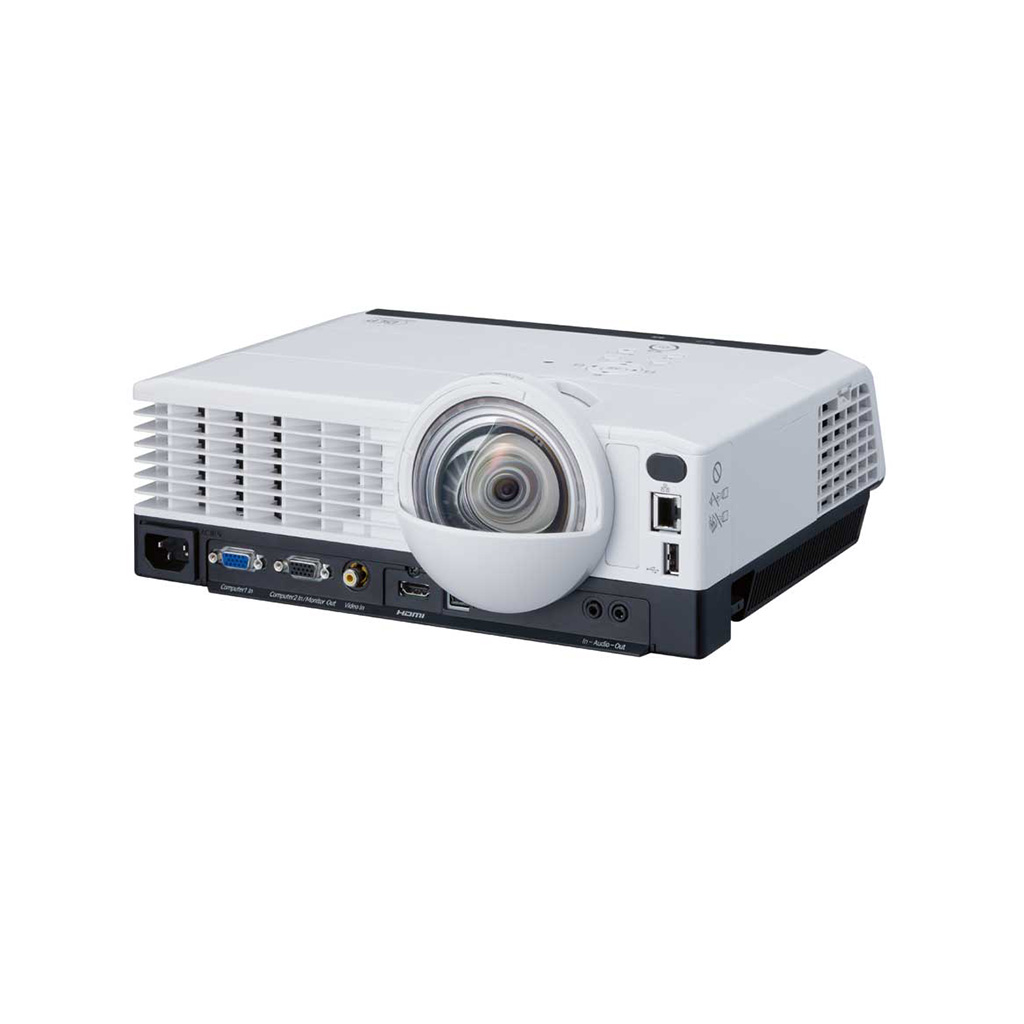
The first Ricoh projectors were launched to the market four years ago, with the company now establishing a portfolio of 14 different lines, ranging from pick-up portables to sizeable 12,000 lumens models for larger spaces.
Its entry to the market was an ultra short throw UHD laser projector hailed then as the most lightweight and portable projector of its kind. The projector, which has evolved and is still available today, can be positioned 11.9cm from the wall and can project vertically to the size of 80 inches without a mount.
“We have a mixed line up, so we have DLP projectors, we’re now launching 3LCD projectors, we have lamp, laser and LED, so we have a very mixed variety to help suit the different requirements and preferences from the market.”
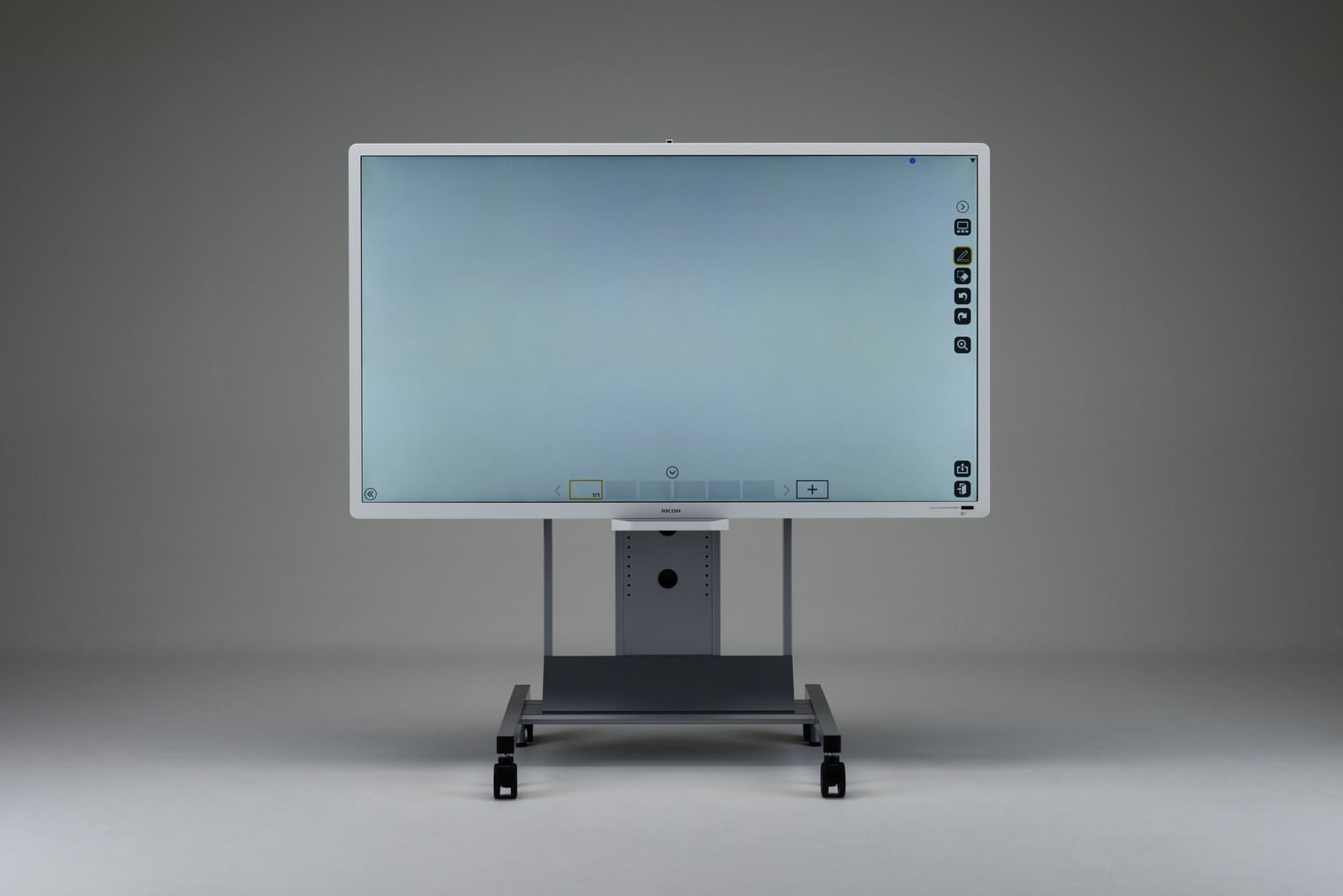
Ricoh Whiteboards
As with the projectors, the first Ricoh interactive whiteboards arrived close to five years ago, beginning life as a dedicated corporate focused 55 inch model.
Today, it has a lineup starting from 22 inch to 55, 65, 75 and 84. A number of new models are coming soon, including updating its 84 inch to an 86 inch and a new 32 inch interactive display. All can be configured to meet a customer’s specific needs, such as locked or open should a customer want to apply their own corporate policy in terms of security.
“We have a wide portfolio to suit and meet the needs of a wide variety of different environments. We are mainly corporate focused, which is different to most of where the majority of interactive display manufacturers come from. We started focused on corporate and that’s why, in a way, we feel we have an edge over some of the other competitors who have begun to simplify their dedicated education solutions and create a dedicated corporate version.”
Video conferencing
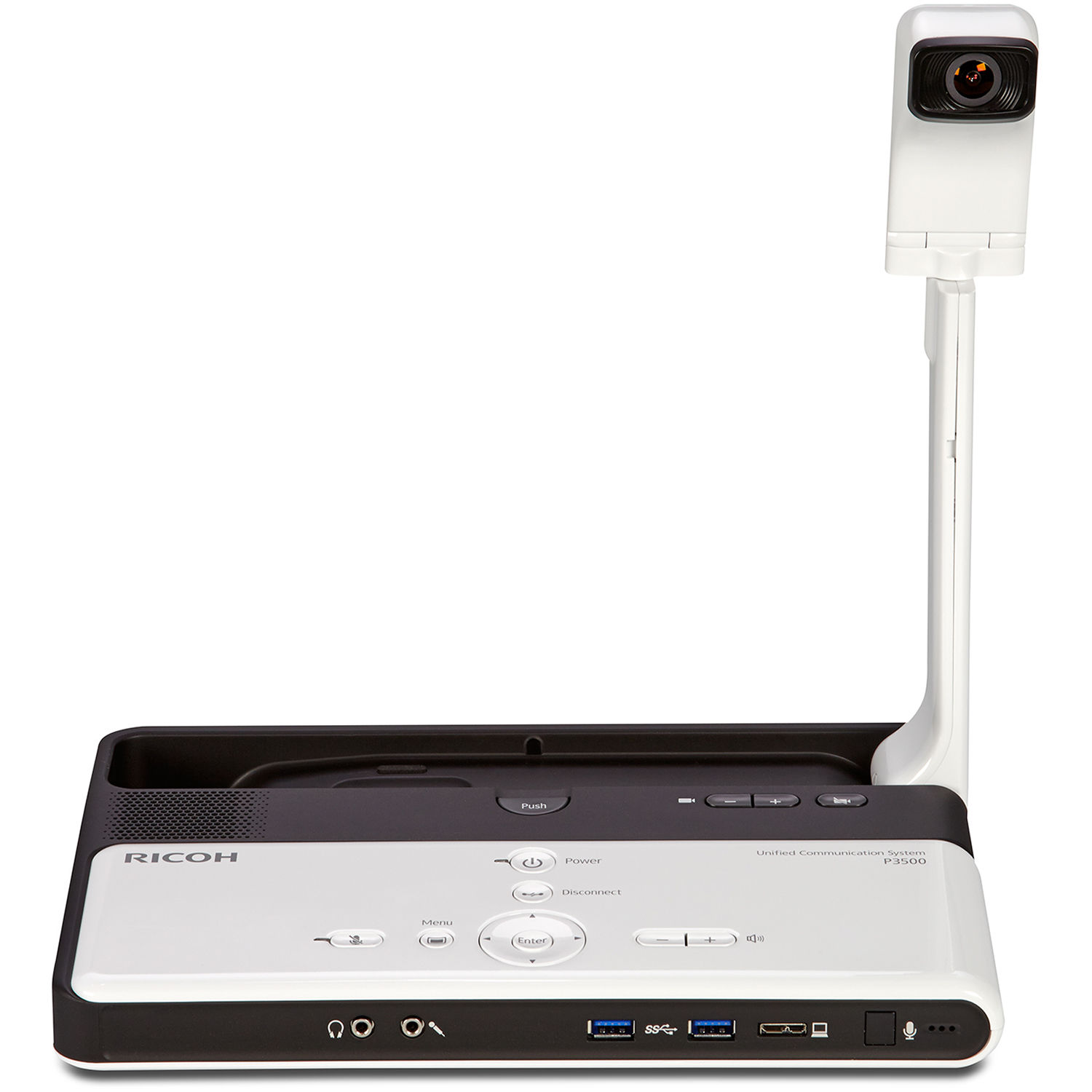
Ricoh now has a broad range of video conferencing hardware and solution services, with the P3500M (pictured) its current standout offering.
Adapted from its original model released in 2015 (P3500), the device is aimed at providing a simple, portable plug and play solution for up to six people. Foldable to the size of a laptop, the WiFi connected device features a retractive arm which includes a 125 degree camera.
It’s connected to a platform offered by Ricoh called UCS, but is also compatible with other market offerings, thanks to a partnership with Videxio. The device can be used by connecting to any connected device (phone, tablet, laptop, interactive display or even a projector).
“It is ideal for group video conference in corporate environments and suits any size of organisation. The device is also a scalable solution at minimal initial investment and zero infrastructure cost, thanks to the cloud-based collaboration platform and overall low total cost of ownership.”
Building trust
Mellegers acknowledges that establishing trust in its brand and products will take time, but he and the company are confident its legacy and indeed its principles for quality will see it stand tall amongst its competitors and resonate well with end users.
Indeed, for some end users, Ricoh’s tech and services are already firmly embedded and providing almost immediate and significant financial benefits (see Mini Case studies).
“Within this line of business, we are obviously part of the Ricoh Group and we stay true to the core of what is in our DNA,” said Mellegers.
“What we are known for today, predominantly from our printing business, is our reliability. Our products and solutions coming out of Japan by far overachieve all market requirements in terms of technical specifications. Quality assurance is way above and beyond the legal standard.
“Ricoh also has a very strong track record in creating new and innovative solutions in different lines of business and we plan to do the same also here in AV. We have some amazing Ricoh solutions today and in our pipeline for the future.”
He concluded: “We have work place consultants, solution architects, dedicated project management teams, insight engineers and we have service delivery managers. We analyse, we design based on the insights and requirements from a company and then we manage the project by implementing the solution and then we support it.
“We also have the reach, which I believe that not many other companies can match, so it’s more about us organising ourselves internally and getting the confidence from the market to make this happen. It will not happen overnight, but we are coming from a position of strength.”




